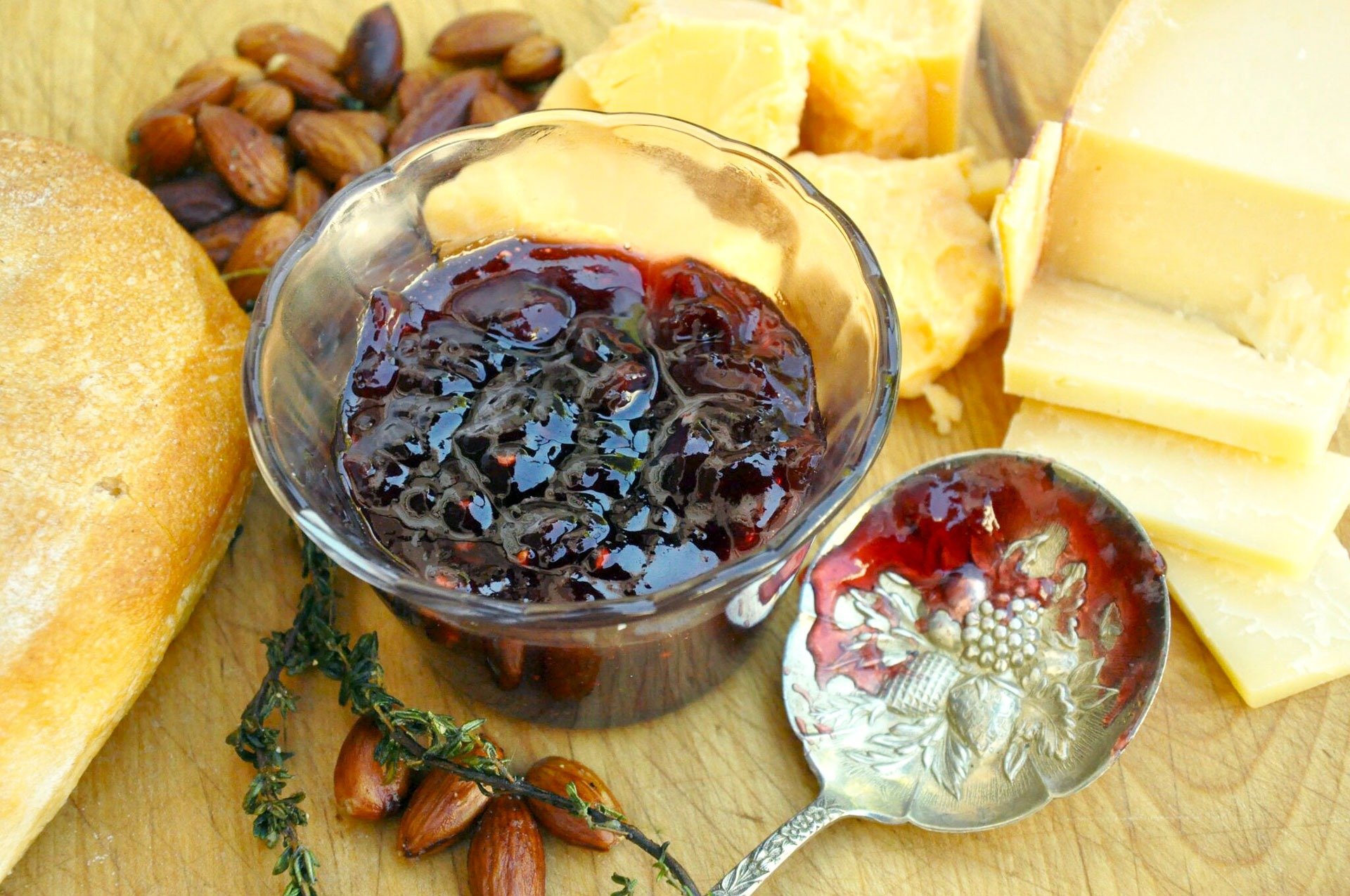Real Food Encyclopedia | Cherries
People in the U.S. love cherries. They eat an average of 2.2 pounds of cherries per year, mostly crammed into a short season in the summer. And often crammed into pies. Cherries are iconic and beloved for a reason. They are sweet (even the sour ones, really), delicious, and fun to eat raw or cooked.
Botanically, the cherry is part of the genus Prunus in the rose family, a relative of the apricot, peach, plum and almond. Both the sour (prunus cerasus) and sweet (prunus avium) cherry have a long lineage that probably originated in western Asia. After Turkey, the U.S. is the world’s second leading producer of cherries, with Washington State leading the pack. Oregon, California and Idaho are also major contributors to the sweet cherry harvest.
Fun facts about cherries:
- Michigan’s Traverse City is known as the sour cherry capital of the world, home to an annual festival since 1948 and a robust sour cherry industry.
- The best-known (and most prolific) variety of sweet cherry is the Bing, a 19th century cultivar developed in Oregon by horticulturist Seth Lewelling. It was named after Ah Bing, a Chinese foreman on Lewelling’s tree fruit nursery.
What to look for when buying cherries
Avoid cherries with browning, bruising or any other blemishes. Most cherries are soft and fragile, but sour cherries are especially vulnerable to bruising and crushing, so inspect them carefully and before purchasing.
Sustainability of cherries
Pesticides
A relatively short season and abundance in several parts of the country put the cherry high on a local food lover’s list. But because of its high perishability, the modern cherry has had its share of environmental woes and agricultural worker safety concerns, namely with pesticides and fungicides. This would explain why the cherry is a member of the Environmental Working Group’s “Dirty Dozen,” the 12 produce items with the highest pesticide load. Buying certified organic is our best option for getting cherries that haven’t been sprayed with pesticides, but these can be difficult to find; your best course of action is to talk to growers at the source — from farmers’ markets to pick-your-own orchards — and get information on their spraying practices.
Seasonality
Peak cherry harvest runs from late spring through summer, depending where in the U.S. you live. Sour varieties have a shorter window of availability, which makes them feel like a prized find when they show up at the market.
Eating cherries
Storing
Cherries are highly perishable. Keep in the refrigerator unwashed until ready to eat. Wash thoroughly before serving.
Cooking
Do you need a cherry pitter? It depends. For large volumes of fruit, a hand-held pitter is indispensable. For smaller amounts, a paring knife will do the job — or try this trick from the people at Food 52 — a chopstick over a bottle.
Once pitted, the cherry is a cook’s dream in every realm: raw or cooked, savory or sweet, fresh or preserved. You can make cherry salsa, clafoutis, pie (or hand pies), cobbler, brownies, jam, ketchup and fruit leather.
Preserving
Too many cherries and not enough time? Freeze them: Wash, stem and remove the pits. Place on a baking sheet in a single layer and transfer to the freezer, if space permits. Transfer them to a freezer bag or freezer-friendly container. The tray freezing step helps to keep the fruit from clumping.
Nutrition
Cherries are rich in nutrients and disease-fighting antioxidants. One cup of the fruit (approximately 21 pitted) have just 90 calories and is a rich source of potassium and Vitamin C, plus fiber and even a small amount of protein.
What intrigues cherry lovers is the plethora of anthocyanins (the source of the red pigment), which possess preventative powers that have been linked to lowered risk of Alzheimer’s disease, heart disease and diabetes.
Top photo by nehadeshmukh/Adobe Stock.


